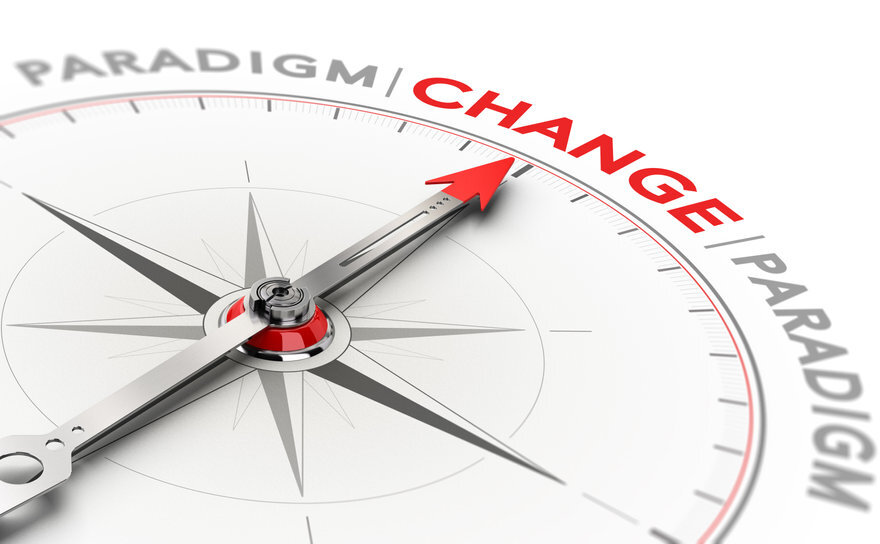Peter G. Smith, FAIA,
Retired President and CEO of BWBR Architects, Inc.
For all an architect’s creativity and skill in design and spacial innovation, the business of architecture has been marginalized to merely one of representation of what will become a built reality. This representation is then handed off to a third party…the contractor, who builds the actual product desired by the client. Playing a game of ‘Postman,’ architects interpret the client’s desires and relay those desires to a contractor they hope understands their representation of the product. Certainly, there is much more to being an architect than the ‘go between’ client and contractor, but the profession of architecture continues its path towards commoditization where the instruments of service (the drawings and specifications) are merely a means to an end.
The irony is architects themselves have been a party to this marginalization: willing to pass any efficiencies in the process on to clients in lower fees; accepting a risk aversion to ownership of the process that has opened the door to others in the industry to step in as trusted advisors to the clients; and a lack of imagination to see beyond the business model trapping them in a paradigm. Clients too are party to this marginalization as they hire too often on lowest fee, a shortsighted approach to engaging a design professional that keeps them from benefiting from the potential value of having a trusted design partner at the center of their facility operations. Both the design professional and the client are stuck in a similar paradigm.
Defined as a typical example or pattern; a worldview underlying the theories and methodology, a paradigm can also be described as a filter or lens through which one sees. Place your hand in front of your face with your fingers spread just a little apart and pointing to the ceiling. This is your paradigm. As you go through life things that align with your filter will pass through your open fingers and you will “see” them as true. Take your other hand and turn the fingers of that hand perpendicular and your filter blocks them to the point that if you can see them at all, they ring false to you. Your paradigm keeps you from seeing things that you do not already agree with or know.
Architects have been stuck with the same business model paradigm for over a century, selling time not value. Take time to listen to the client. Take time to interpret their needs. Take time to design a solution and create a representation of that solution so it can be built. It is no wonder the design professional is still trapped billing for their time, charging by the hour. Once the project is occupied, the value stops until such time as a new project comes along and the clock starts again. Clients likewise have been conditioned to define the value a design professional can supply them as limited to the representation of the idea – the solution – and once they occupy the space, their perception of the architect’s value stops.
For architects and clients who see each new design project as merely a transaction whose value begins and ends with the design the path is one of continued commoditization, However, for the architect and client who are willing to risk changing the paradigm there is a better way. One that benefits not only the design professional and the client but also the end users of the built environment as well. It requires both the design professional and the client to recognize the trap of their current paradigms and consciously set them aside so they can see a value proposition that helps them both. What if the design solution was the beginning of the partnership and not the end? What if the architect was not paid for each hour consumed in the development of an idea but paid for the value of that idea through the life of the building? What if design of space was not just about building the needed square footage of real estate, but also included talking a client out of an unnecessary project? What if the value of design was not just about the esthetic, but measured by how it enhances the operations of a client, improves the efficiency of maintaining a facility, or positively affects the user experience?
This new value proposition is where architect and client are in partnership in the creation of space, maintenance and operations of space, and ongoing refinement or adjustment of space to maximize the investment…both the first costs and the far more significant ongoing costs. More so than developers, owner representatives and even contractors, architects and design professionals are uniquely suited through their training and experience to be this trusted advisor and partner with clients throughout the lifecycle of the facilities they design.
For architects who wish to embrace this new paradigm it will require more than just changing how they are compensated. It will require investments that go beyond the traditional architectural practice. Architects must understand their client’s business as well as they do, which will require operational expertise. Architects must be able to use data to enhance the client’s performance and use of space, which will require investments in research, predictive modeling, and data gathering. Architects must be able to interpret data into useful information which will require data analysis expertise. Additionally, architects must mitigate the industries fear of risk so that they can own the process, own the data and resulting information to bring tangible and meaningful value to the client, which may require more innovative legal and business expertise.
Clients with the foresight to embrace this new paradigm will first need to change how they compensate architects and open their minds to new and mutually beneficial business models. No longer hiring on who has the lowest fee, but the architect who best understands their business and can be an ongoing partner in how they use their real estate investment to maximize return on that investment. No longer seeing design as transactional but seeing the design professional as an integral partner in their operation and use of space. These clients will benefit with more efficient building operations and enhanced user experience which could lead to less employee turnover, more engaged and productive staff. Realtime, ongoing monitoring of space use and user feedback will allow for better return on facility investments.
So, who are these courageous architects and progressive clients? Where will this new paradigm be applied first? It will occur with architects and clients who have current and likely longstanding relationships that will allow each to take a step towards the other and break the current transactional paradigm. The benefits far outweigh the risk, leading to a true design partnership in the creation, use, evaluation, ongoing modification, and maintenance of space.
This partnership benefits both the design professional and the client, unlocking the power of information and collaboration buried in the current paradigm…creating a win-win by reducing waste and inefficiencies of the current transactional model and enhancing the impact the built environment can have on clients, their business, and the user experience. Architects and clients who are willing to see beyond their current paradigms and see the potential will be the first ones to mutually benefit from this new paradigm.





